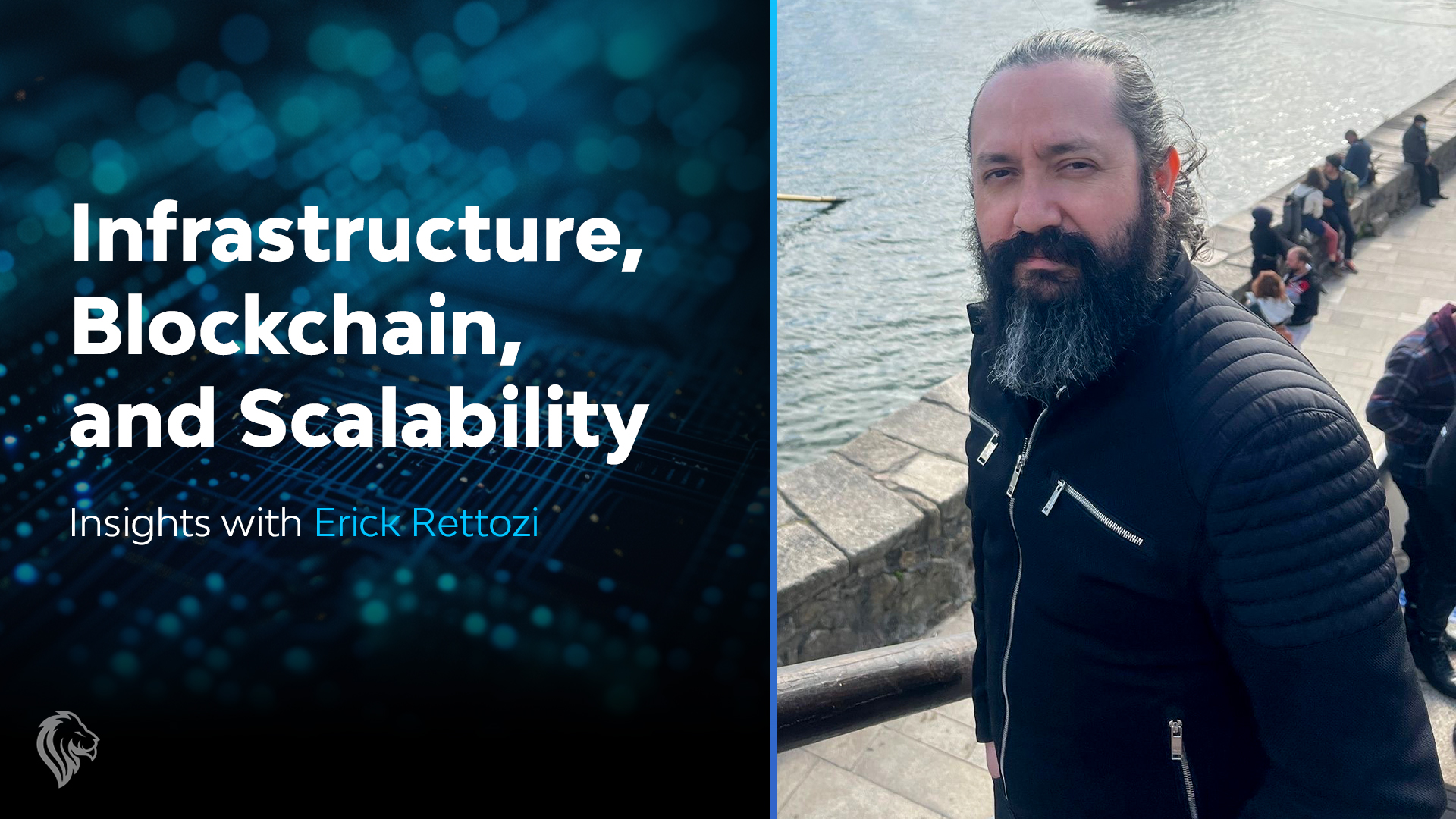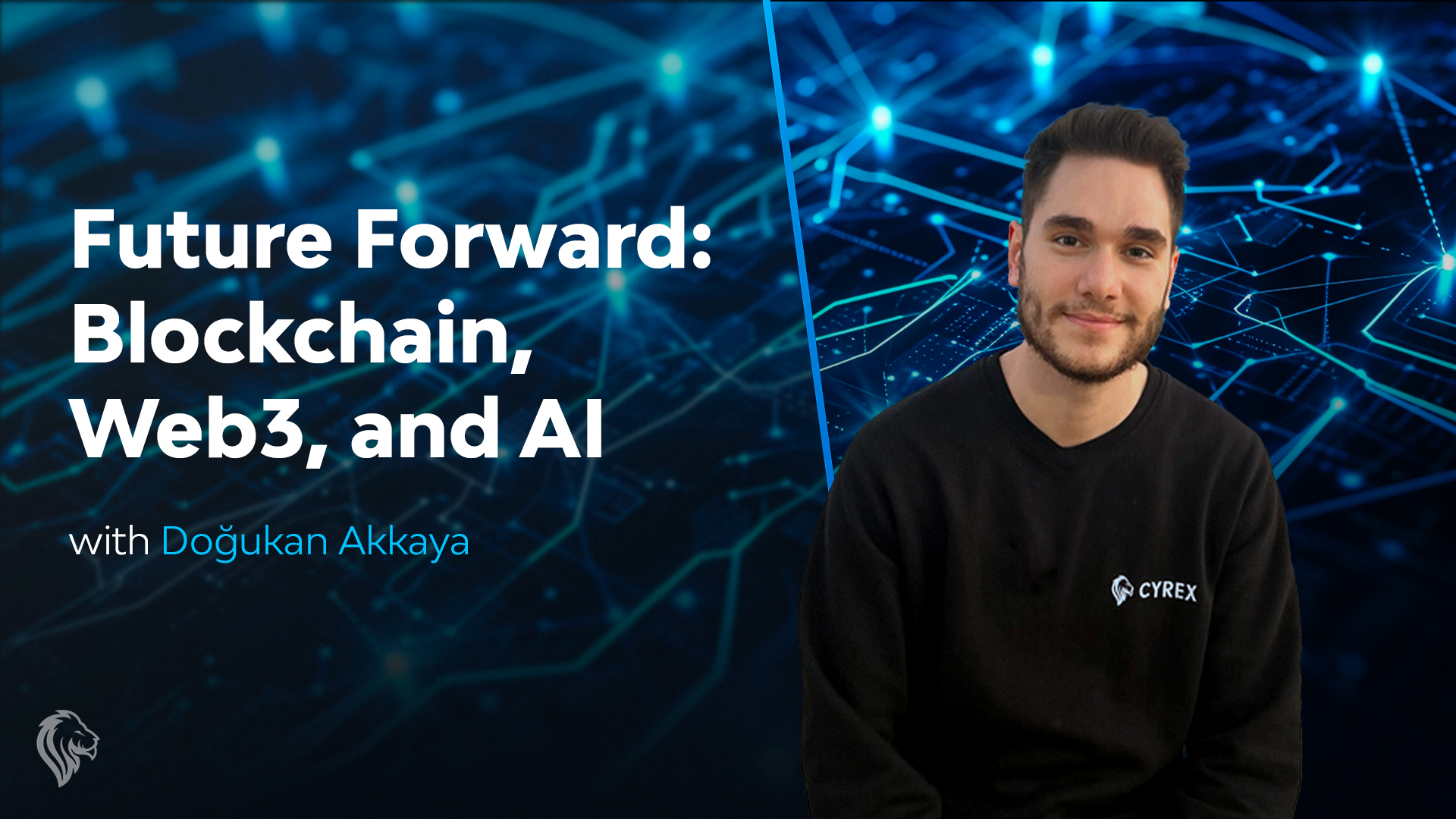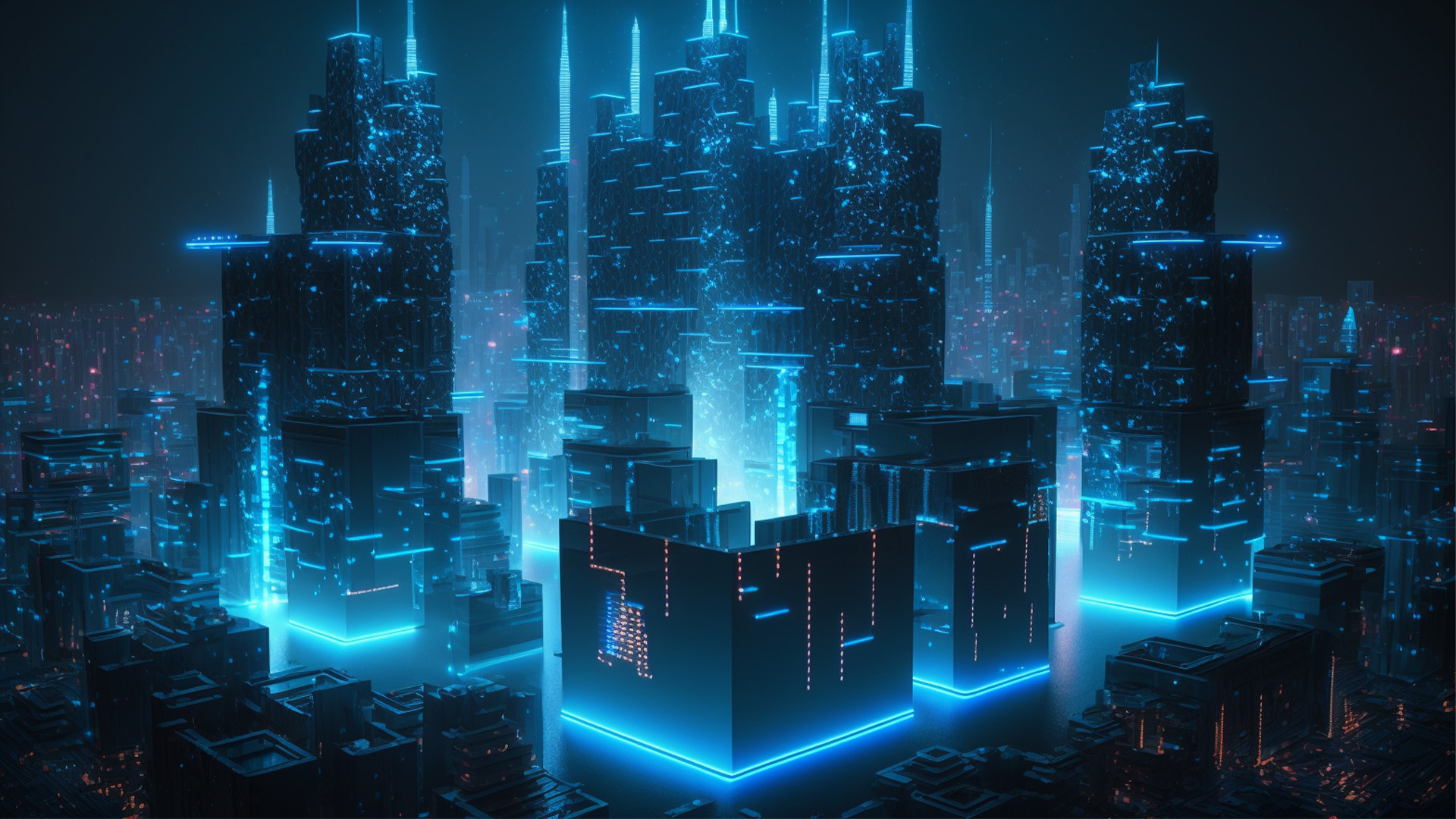One of the most “thrown around” terms of the past couple of years is the “Metaverse”, but exactly what is this? Is this the “web3” we’ve been talking about for years? Should we all start buying VR headsets?
To put it simple, the Metaverse is like a virtual world that uses advanced technology to let people interact, trade, and own things just like in the real world, but all in a digital space. It’s like a giant video game where people can do things they would normally do in real life, like buying and selling things or hanging out with friends, but all online. The Metaverse is composed of several distinct layers, each relying on various features to create a fully immersive digital experience.
The first layer is The Experience layer, where users can have all sorts of experiences that aren’t possible in the real world. This layer relies on immersive experiences, AI integration, and human-computer interface (HCI) technology to create a world where anything is possible. Since the real world is bound by the limitations of physics, the Metaverse is bound by the limitations of the creator’s imagination.
Imagine this as your regular web experience through Google, Linkedin or any other social/community tool, but greatly enhanced with VR with a direct link to the real world. A place where you seek to find new places, games, stores, similar to the oasis in the famous book “Ready Player One” where it’s also shown in the movie adaptation from Steven Speilberg.
The Discovery layer is dedicated to finding new technology and communities within the Metaverse. It relies on social interactions and Web3 support to connect users to a variety of exciting platforms, applications, and experiences.
The Creator Economy layer is all about creating digital assets and experiences within the Metaverse. This layer relies on avatars and blockchain-based operations to ensure data security and proof of ownership. It also relies on virtual land, which can be purchased for cryptocurrencies and used for various purposes. We can already see a creator economy today in web2 platforms such as Youtube, Instagram, Tiktok, etc. But the difference is where the ownership lies. Web2 platforms own all data whereas in the metaverse with blockchain technology, all creations will be backed up as NFTs where creators will own their creations which can be a more lucrative strategy.
Spatial computing is where things get truly exciting, as it combines virtual reality, augmented reality, and mixed reality to create immersive experiences. With the help of Human-computer Interface (HCI) technology and avatars, users can interact with 3D environments in a whole new way. There is even development of haptic feedback suits you can wear to feel what could be felt in video games!
Decentralisation: One of the most unique aspects of the Metaverse is that it won’t be controlled by a single authority. Instead, it will be powered by blockchain technology, which allows for a more scalable and decentralised ecosystem. This means there will be all sorts of digital items and experiences available, created by various people and businesses.
Finally, The Infrastructure layer provides the technology that powers the Metaverse, including 5G networks and Web3 support. This layer ensures that even more people can access the Metaverse and have unique digital experiences without buffering, relying on avatars, immersive experiences, and HCI technology to create a seamless user experience.
Some great examples that are already pioneering the way to make this the multi-billion industry it is hoped to be are Decentraland, The Sandbox, Bloktopia, Meta Horizon Worlds, & Metahero. We recommend you take a look into each, though these certainly won’t be the only ones out there.
All of this seems amazing, but what really is the point of it all? Well, the metaverse can prove to be transformative to many businesses. It can be a new technique that gives you a competitive advantage with 3D marketing experiences, advertising, branded gaming, AR/VR showrooms, and virtual items. Virtual events in the Metaverse offer a fully-fledged VR experience with networking and participation opportunities and improve teamwork within the business. Customers can try on clothing, preview furniture, and purchase virtual clothing and accessories. It can also provide an opportunity to simplify transactions with e-wallets and cryptocurrencies. Online transactions are easy, transparent, and require only a few clicks without the need to link up bank accounts.
The Metaverse is an emerging technology that will shape the future of the digital world. It’s important for businesses to prepare for this technology by strengthening their blockchain capabilities, protecting against security risks, and embracing a new era of the internet. Are you ready for it?
Related Articles

Infrastructure, Blockchain, and Scalability with Erick Rettozi
In this article, Cyrex' Lead Backend Engineer Erick Retozzi offers expert advice on buildi...
Read more
Future Forward: Blockchain, Web3, and AI Technology with Doğukan Akkaya
Join Doğukan Akkaya as he navigates the cutting edge of technology in 'Future Forward.' F...
Read more
The trough of disillusionment – Blockchain and AI
Explore Gartner's Hype Cycle and its parallels with AI and Blockchain. From initial excite...
Read more
Deciphering the Web3 Wallet: Your Ultimate Guide to Cryptocurrency Wallets
Explore the world of Web3 wallets and their crucial role in cryptocurrency management. Dis...
Read more


